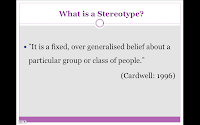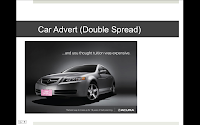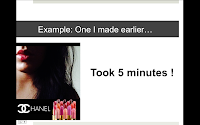According to Gravells (2012: 89) “Assessment
is a way of finding out if learning has taken place. It enables you to
ascertain if your learner has gained the required skills, knowledge and/or
attitudes needed as a given point towards their programme of learning.” I will
be using the assessment cycle to show how types of assessment are used. The
assessment cycle is usually followed and will continue until the qualification
and been achieved by the learner. The cycle consists of five steps:
1. Initial assessment: these are done before the course starts and
can begin with an interview and/or examination to assess potential and
suitability. Francis and Gould (2009: 69) say: “These will provide an
indication of the level of skills or knowledge already achieved… likelihood of
success if the learner is accepted onto the course. A judgment can also be made as to the level if the course…”
A more formal way of doing this would be through diagnostic assessment. This
strategy identifies and assesses learners’ capabilities and needs, which
highlights their learning styles and any support they may require to progress.
(Wilson: 2008)
2. Assessment planning: following organisation guidelines, suitable
methods of assessment are agreed upon and setting appropriate target dates.
This stage must be: specific, measureable, achievable, realistic and time
bound. (SMART)
3. Assessment activity: this relates to the methods used to assess.
Records of this must be maintained. Several types of assessment are used in
lifelong learning. Informal assessments (discussions, quizzes and journals) are
used to check the learners progression and do not necessarily count towards a
qualification. In contrast, formal assessments (exams, essays and assignments)
count towards a qualification.
4. Assessment decision and feedback: judgments are made about the
learners’ achievements and constructive feedback is given. This can also be
done through self and peer assessment.
5. Review of progress: learners’ progression is reviewed, which gives
them the opportunity to discuss possible improvements.















